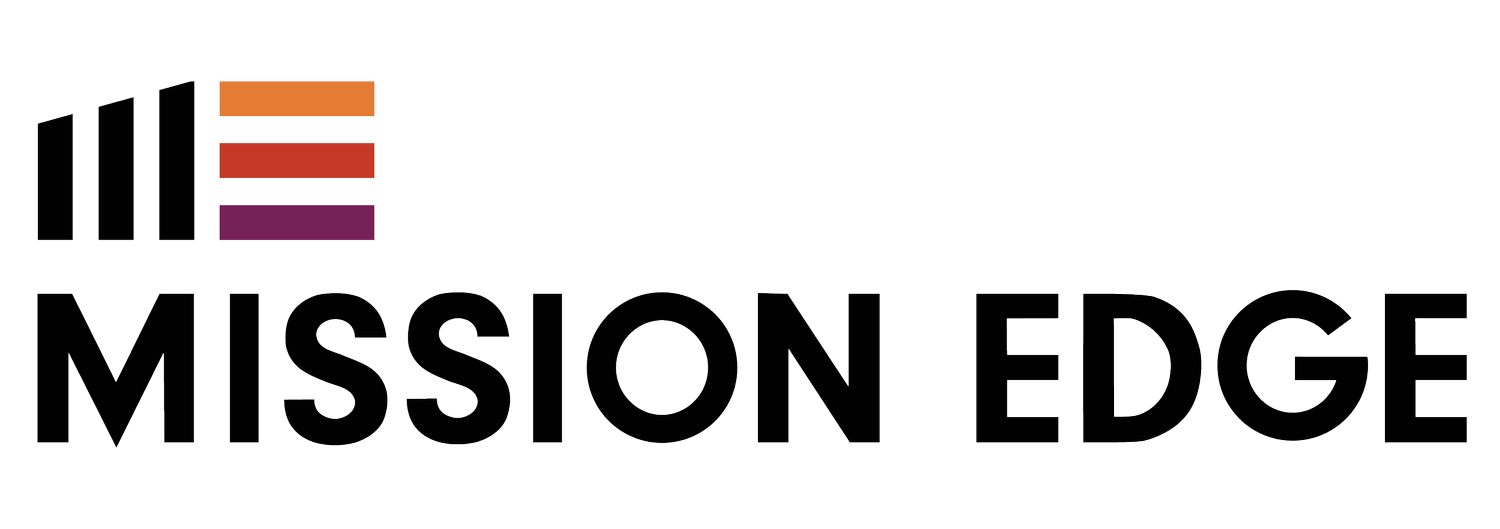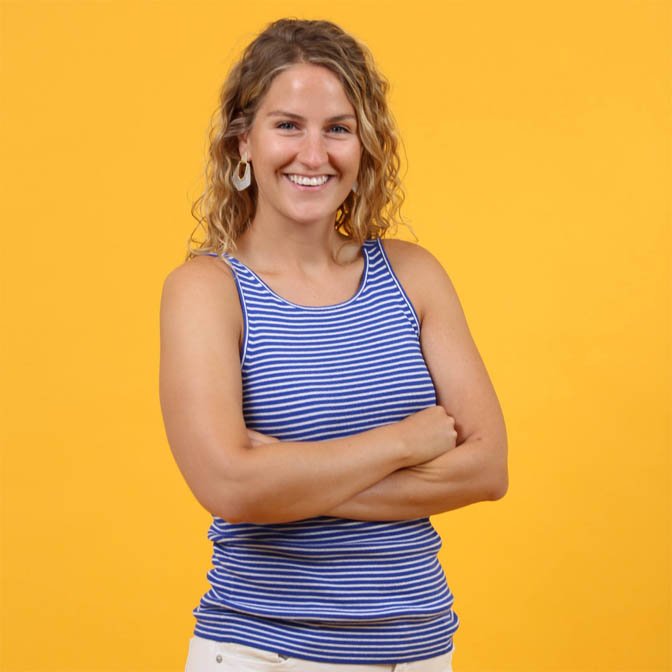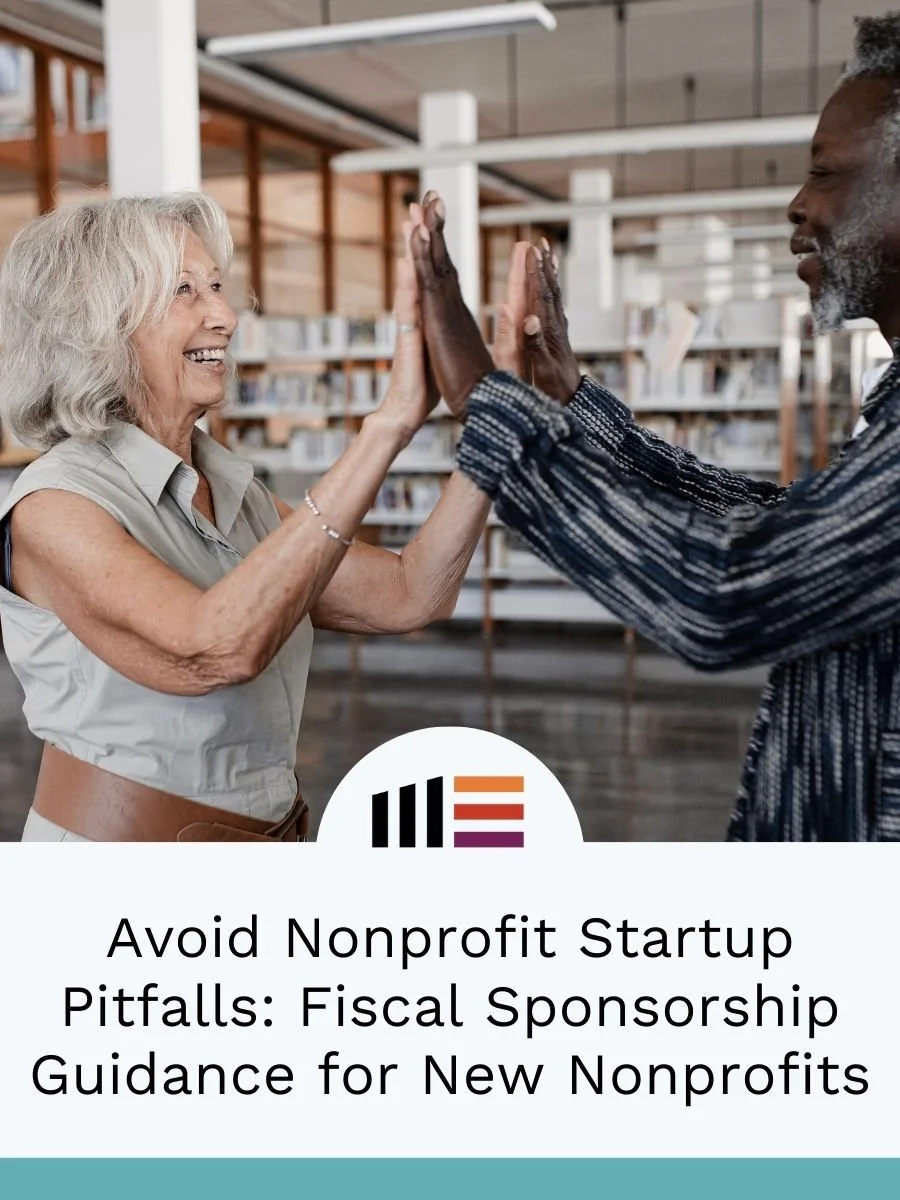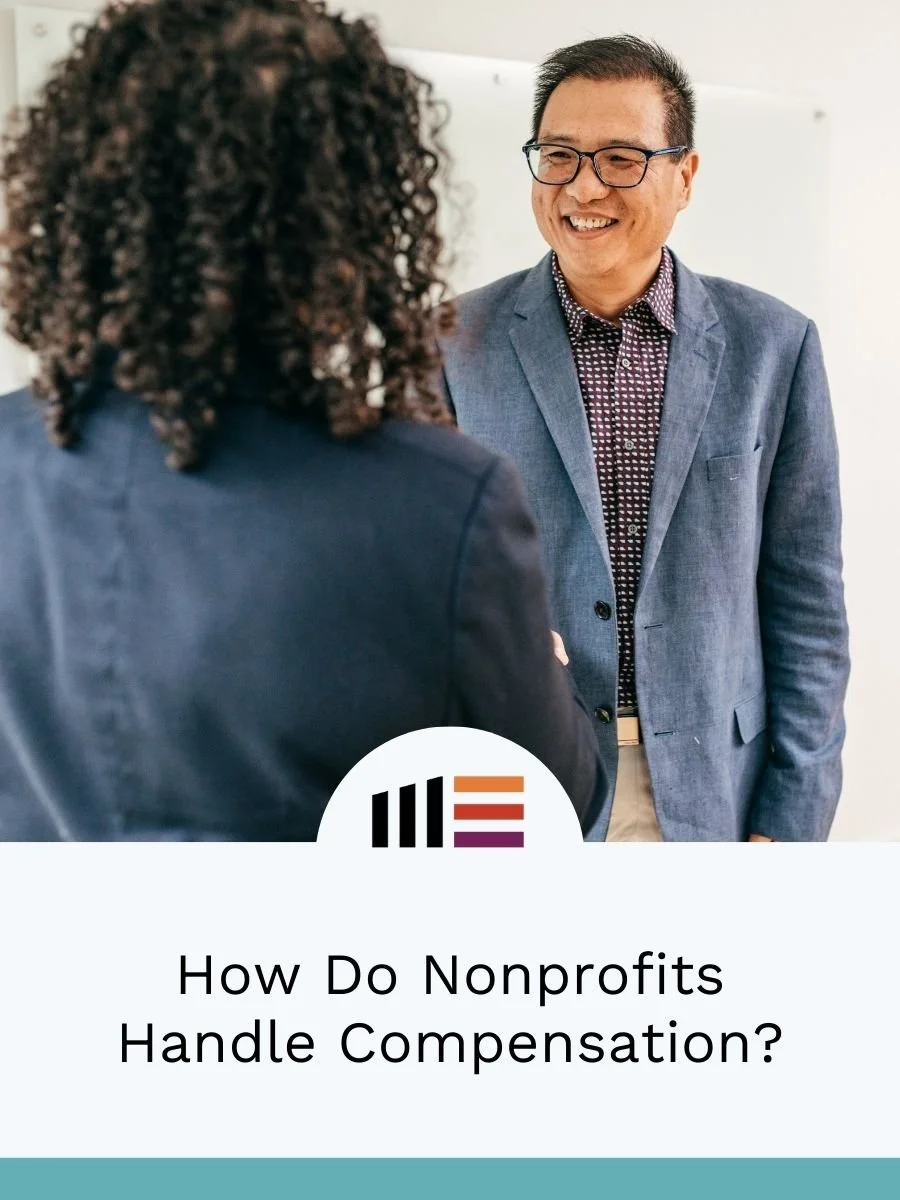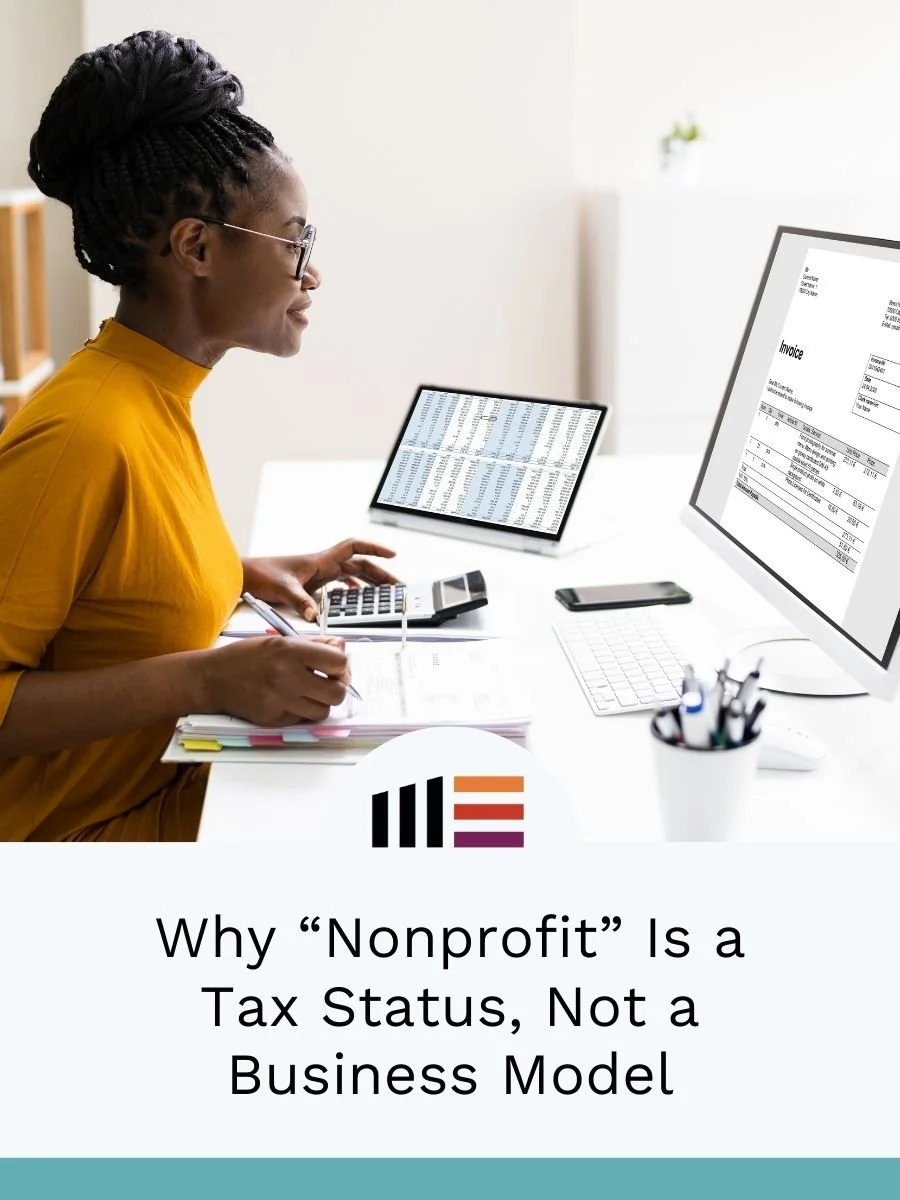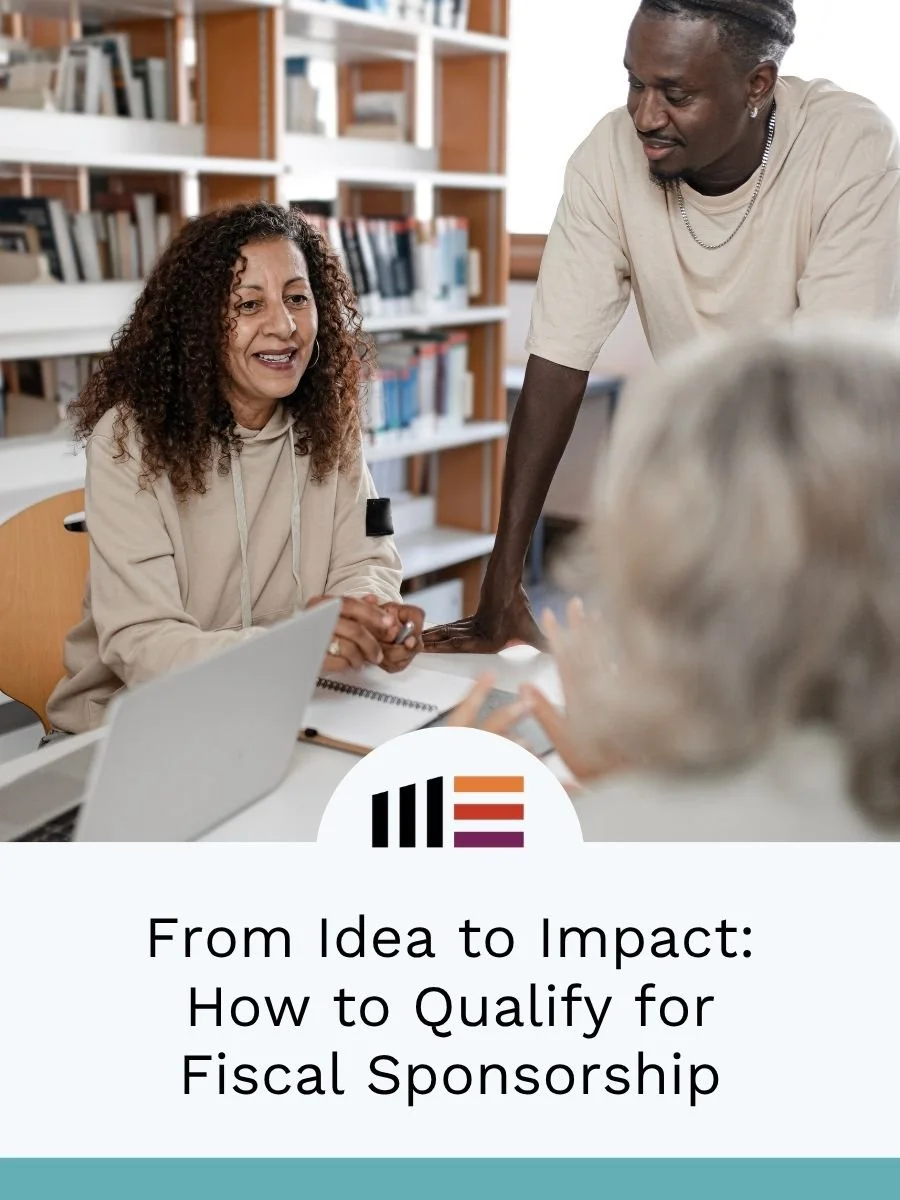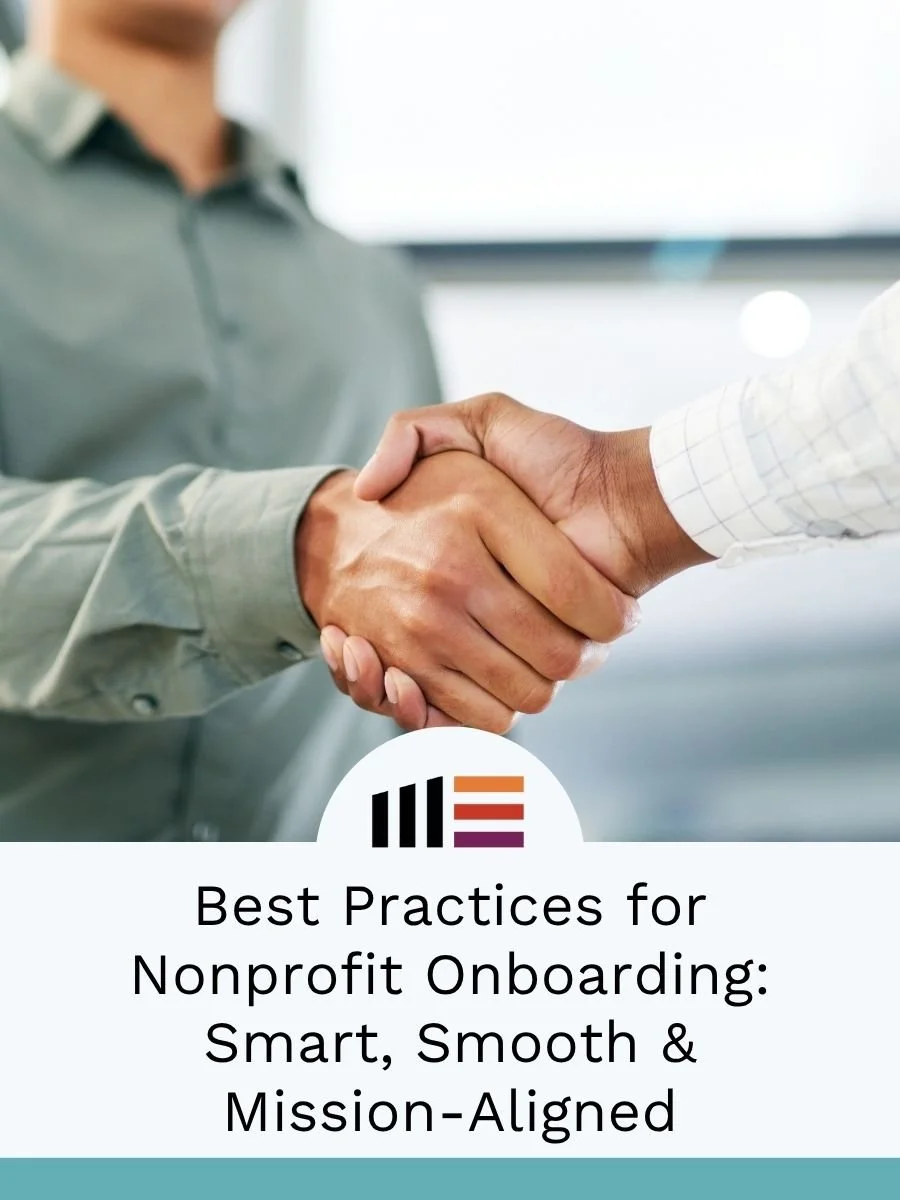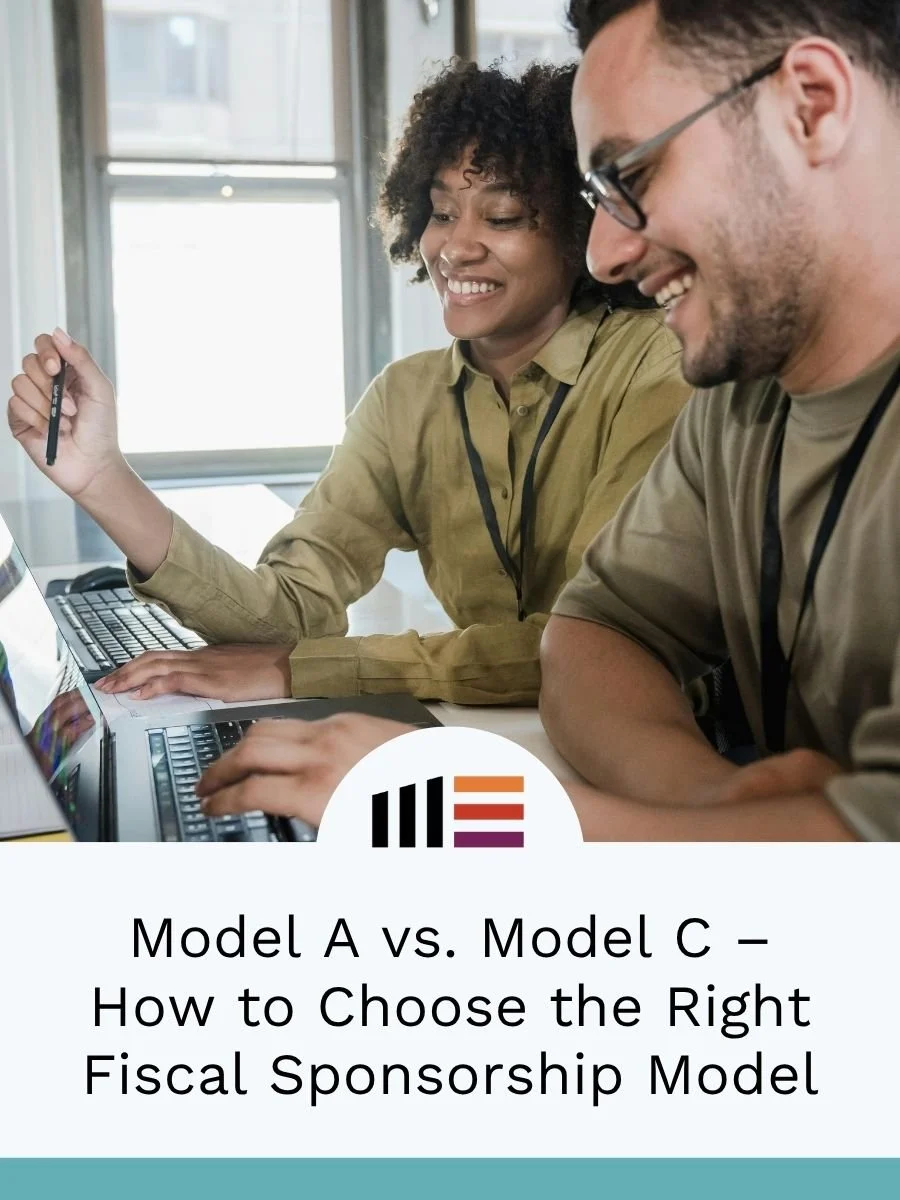After 3 big Impact Lab experiments in 2022, here’s what we’ve learned and what we’re changing in 2023
As the Director of the Impact Lab entering in my fifth year at Mission Edge, I can honestly tell you 2022 was a year of intense experimentation unlike any other year in our past.
We tested three different types of support for small business owners to find the perfect recipe that balances our expertise with the needs of the community and with what funders are willing to fund – no small task!
Now, as I look back on last year, I’m sharing lessons that will hopefully shed light on what really goes on behind the scenes. My hope is that nonprofits will feel encouraged to take more risks and approach program redesign with an open mind, and that funders will see how much influence they have over how nonprofits serve the community - and how to wield that power for good.
1) Going deep and narrow is in, going broad and shallow is out
Throughout the last five years we have tested different content and teaching methods, but nothing has proven more effective than teaching to the individual. Prior to the pandemic, we taught core business concepts to large groups in person. When the pandemic hit, we pivoted to Zoom and realized that teaching to groups was hindering our impact. After iterating multiple times, we realized tangible change only happens when we meet the individual right where they are versus teaching to the median. That is why our program is now mostly delivered one-on-one with our CFOs. It works.
Unfortunately not all nonprofits have the luxury of prioritizing deep relationships with an individual like this due to funders dictating misaligned metrics that prioritize outputs over outcomes. Here are my key takeaways for both parties:
Nonprofits: Try to prioritize what is best for your community, even at the expense of a funding relationship (if you can afford it). Remember, we exist for our community, not for our funders.
Funders: Seek to understand how your metrics might be dictating how a program is designed (teaching to the masses versus the individual), and how that might be hindering real impact. Ask your funding recipients how your metrics have influenced their program design, and be open to making changes that would allow for the community’s needs to be prioritized.
2) Solely virtual programs are out, hybrid programs are in
Like everyone else, we took our program fully online as a result of Covid. However, last year we experimented with more curated in-person events and masterminds to foster more connection. Additionally, we know that the community is the best resource for solving its own problems, so we prioritize d bringing people together. We added in-person group mastermind sessions in the Lab to balance the virtual individual work our small business owners do with their CFOs. These masterminds, in addition to the events, have proven that in life and in business, you get out what you put in. The most impressive results occur for people who get involved, ask for what they need, and keep showing up. My takeaways:
Nonprofits: Don’t be afraid to assess your engagement and be honest with yourself. If people are showing up late or not attending at all, your virtual sessions might need an upgrade. Our addition of the masterminds came directly from participant feedback. It’s never too late to ask and iterate on the feedback.
Funders: To establish genuine partnership, come experience the in-person connections. An impact report doesn't do our work justice; you must show up to watch the magic happen in real time in order to truly grasp the magnitude of what we do.
3) Prolonged support is out, short, digestible support is in
To our surprise, we learned that longer support does not always mean stronger results. One of our experiments lasted around six months, but we actually experienced more disengagement compared to our other programs. We realized that six months is a massive commitment for a business owner who is very short on a key non-renewable resource: time. After working with nine clients in this way and comparing it to our other clients who work with us for ten weeks, we realized that ten weeks is the sweet spot where we can balance the business owners’ energy levels with having enough time to produce results. We realized it’s best to give support in bite-sized chunks to avoid overwhelm and disengagement. Here are my takeaways:
Nonprofits: Again, don’t be afraid to try something and reevaluate. You might think programs should be long because that’s how long it takes to teach core concepts, but none of it will matter if people are disengaged. Experiment and adjust as needed, always prioritizing the needs (and energy levels) of the people you serve.
Funders: It’s important to again realize, similar to the point made in number one, that dictating outputs can have a harmful influence over program design. If you are asking your nonprofit to achieve a certain number of clients served or a certain number of touch points executed, you might be hindering impact
4) Trying to solve too many problems at once is out, leveraging the community is in
We used to have an exhaustive list of content we would try to teach - like seven different topics. It’s a dizzying amount of content for anyone to absorb in a short program, especially novice business owners. Our experiments last year proved that small business owners have better focus and achieve stronger outcomes when we choose one core concept and teach it deeply. Instead of teaching a little bit of everything, we pivoted to go really deep on one thing, finance, and helped our small business owners get great at it.
Still, even after knowing focused content yields more focused execution, we swung for the fences and added in something we had never tried before: growth capital. Never in our history had we been positioned to give money to our clients in addition to our technical assistance. Our hypothesis was that if we could combine growth capital with a logical growth plan from our CFOs, that we could help small business owners double their revenue in six short months. While we did experience some positive outcomes, our original hypothesis was incorrect enough to lead us to this conclusion: let the financial institutions do what they do best, and we’ll keep doing what we do best. Our community is rich with financial institutions and other small business resources that are better equipped to handle the nuance of business financing. At Mission Edge, we are best equipped to focus on how the business model works and what needs to change to make it more effective. We are well-positioned to seek out partners who can then satisfy any monetary needs our clients have when they are ready.
Nonprofits: If your program attempts to solve multiple problems, consider narrowing your scope to specialize in one thing, and let other partners complement with their specializations. We don’t all have to be good at everything. Instead, we can leverage each other to take a collective approach to meeting our participants’ needs.
Funders: Just like in the private sector, companies who get funded usually have to prove their solution works. The nonprofit sector should be no different. Look closely at how the programs you fund are designed. Are you favoring programs that go wide and shallow instead of narrow and deep? Ask your funding recipients how you can support them to improve their content to achieve tangible outcomes. Remember, your work doesn’t end when the money is granted; there is so much more impact you can have if you ask.
Additionally, you are in a great position to spark new partnerships for organizations that complement one another. Be the connector! There are amazing technical assistance programs that can prepare people for the next step in their journey. In this case of small business support, that next step is often funding, whether it be via micro loans, impact loans, or traditional bank loans, to name a few. Again, your work does not stop when the money is granted. Making connections and helping nonprofits build a whole spectrum of support for our constituents is a great way you can add more value.
5) Settling on outputs is out, humanizing outcomes is in
So often we get wrapped up in demographics, attendance records, and amount of people served versus actual change. Demographics are important, but they barely scratch the surface of the change we’re all trying to make. This year we learned (again) that we can’t change what we don’t measure. We started tracking outcomes because we can’t just talk about our program’s intentions; we MUST talk about what happens as a result. However, we intentionally did not publish an impact report because we did not want to reduce the people we serve to statistics in a PDF. We found it more effective to bring their stories to life via individual blog posts that humanize their progress. We hope to build on this storytelling strategy supported by real data this year.
My key takeaways:
Nonprofits: Remember, impact matters more than intent. Put in the work to develop an outcomes framework that actually points to the change you are trying to make, rather than using outputs to express the breadth of your impact. There are plenty of impact measurement consultants out there who can help you with this.
Funders: Ask your funding recipients how your output checkboxes are influencing their program design. They might be prioritizing outputs over outcomes because you prioritize outputs over outcomes.
To recap:
— Going deep and narrow is more effective
— Connectivity and Community Are Key
— Sprints are more effective than marathons
— Narrowing the scope of content produces better results
— Genuine outcomes matter more than vanity metrics
In 2022, we allowed ourselves the space to get it wrong. Not a lot of organizations do that. In the Impact Lab, we change things so often because we live by Maya Angelou’s wisdom -- when we know better, we do better. I hope these lessons are useful to other nonprofits and funders in this industry, because we all have a responsibility to provide services that actually effect change. We are looking forward to this new year, feeling inspired by the ecosystem partners who have been by our side for these past few years, and feeling motivated to continue supporting the community in the ways they need it most.
Kacie Brennell
Impact Lab Director
Kacie Brennell is the Director of the Impact Lab. She believes small business owners should not have to choose between making a living and running their business.
Want to keep the inspiration going? Read more success stories.
See how Impact Lab could help you gain financial clarity for your business in 2024
Join the waitlist to apply for the next cohort!
